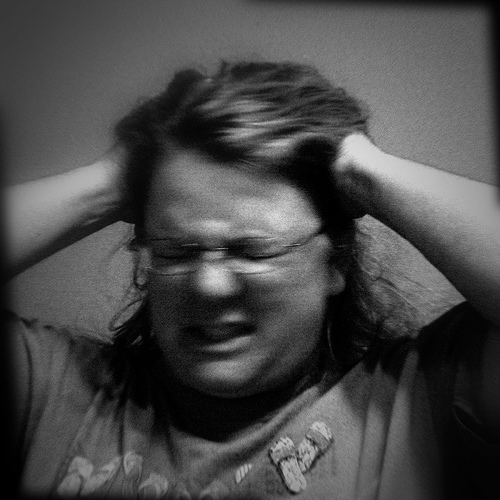Is Shared Psychotic Disorder Destroying My Family?
Psychotic disorder takes root within a person’s thinking and the way he or she perceives external events. This type of mindset causes a disconnection with reality in terms to one’s ability to interact and function within daily life. Shared psychotic disorder works in much the same way with two or more people sharing the same or similar perceptions.
According to the National Alliance on Mental Illness, an estimated three out of every 100 people experiences episodes of psychosis in their lifetimes. Relationships within a family make for prime fodder for shared psychotic disorders to develop when one or more members suffer from psychotic delusions.
If you suspect shared psychotic disorder may be present within your family, learning to spot the signs of this condition can help pave the way to getting needed treatment help.
What is Shared Psychotic Disorder?
Shared psychotic disorder, also known as folie à deux, involves at least two people who share a similar delusion(s). In effect, one person exists as the “inducer” or starting point for delusional beliefs and “transmits” this disposition to a second person who comes to share and live within the inducer’s belief system.
The inducer typically suffers from some form of psychotic disorder, such as schizophrenia, whereas the secondary participant may or may not, according to the Journal of Research in Medical Sciences. Shared psychotic disorder can also be shared among three, four, five or even twelve people, though two-person dyads are more common.
Not sure if your insurance will help cover your treatment costs? Call our helpline at 888-647-0051 (Who Answers?) for more information.
How Does Shared Psychotic Disorder Work in Families?

Shared delusions often exist between siblings or within other close familial relationships.
More often than not, shared psychotic disorder develops between people who live in close proximity or people who have formed close relationships, much like how families live and interact. Shared delusions may exist between siblings, husbands and wives and/or parents and children.
On average, sister-sister and mother-daughter pairs make up an estimated 50 percent of shared psychotic disorder cases. Considering the dominant role the inducer takes in terms of transmitting his or her delusional beliefs, the secondary participant often takes a more submissive role within the relationship overall, making him or her highly suggestable to the inducer’s beliefs.
Delusion-Based Theme Types
Delusions operate as self-contained belief systems that persist even when there’s little to no logical evidence to support their validity. In general, four types or themes of shared psychotic disorder delusions exist:
- Mood-based – where a person’s mood state, such as depression or mania dictates the type of delusion experienced
- Non-mood based – delusional belief systems that persist regardless of what mood a person is in
- Bizarre – delusions based on highly implausible or illogical grounds, such as alien threats
- Non-bizarre – based on highly improbable grounds based on a person’s circumstances, such as fear of being spied on by the FBI
Risk Factors
People struggling with shared psychotic disorder can be difficult to spot as many are high-functioning individuals, according to Pennsylvania State University. Shared psychotic disorder sufferers also tend to fluctuate between delusional and normal modes and may appear more so eccentric than mentally unstable.
As people affected by this condition strongly adhere to their beliefs, they tend to avoid seeking out treatment help. In severe cases, delusional states can potentially bring about serious harm to the inducer or one or more family members.
If you suspect you or someone you know struggles with shared psychotic disorder and have more questions, or need help finding treatment that meets your needs, please feel free to call our toll-free helpline at 888-647-0051 (Who Answers?) to speak with one of our addictions specialists.






